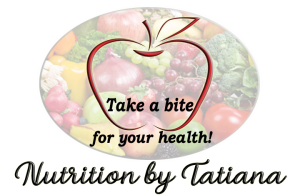Why you might want to read nutrition facts labels?
* To learn about the calories and nutrients the food item contains
* To make it easy to compare similar foods
* To look for foods that have a little or a lot of a certain nutrient
* To select foods for a special diet
The serving size is at the top of the Nutrition Facts table. All the information in the Nutrition Facts table is based on this amount.
Compare this to the amount of food you actually eat.
For example, if the serving size listed is 1 cup but you ate 2 cups, then you need to double all the amounts listed.
The percent daily value (% DV) shows you if a food has a little or a lot of a nutrient.
* 5% DV or less is a little of a nutrient
* 15% DV or more is a lot of a nutrient
Try to get More of these nutrients:
* Fibre, vitamin A, vitamin C, iron, calcium
Try to get Less of these nutrients
* Fat, saturated fat, trans fat, sodium, cholesterol
Note: Sometimes it is not clear which food is the healthier choice.
If one product is low in fat but high in salt and another product is high in fat but low in salt, the one you choose will depend on your specific needs and requirements.
A registered dietitian can help you determine what nutrients to focus on, and the amounts that you should consume.

